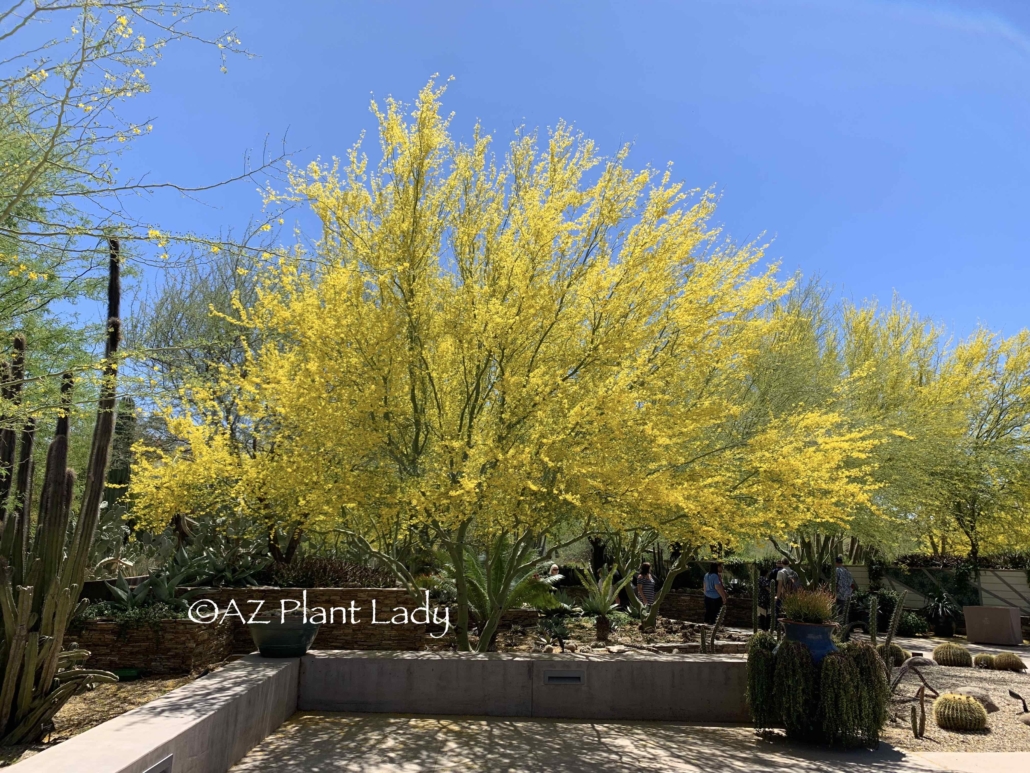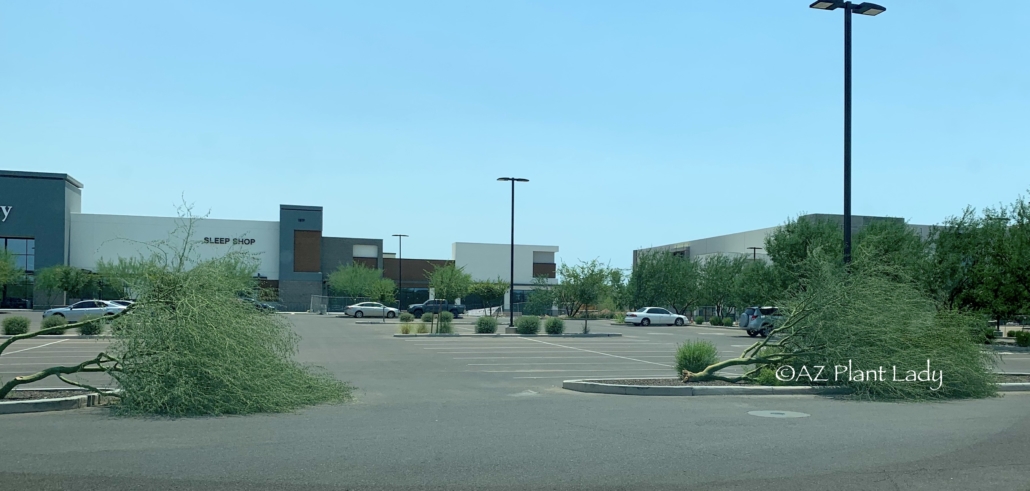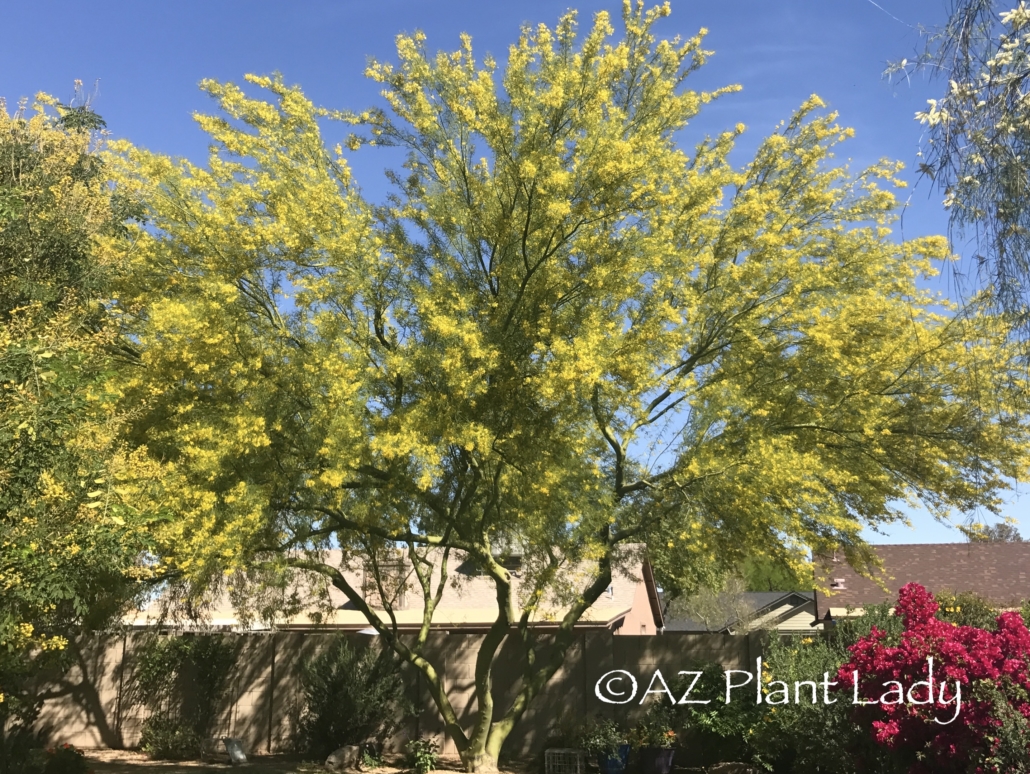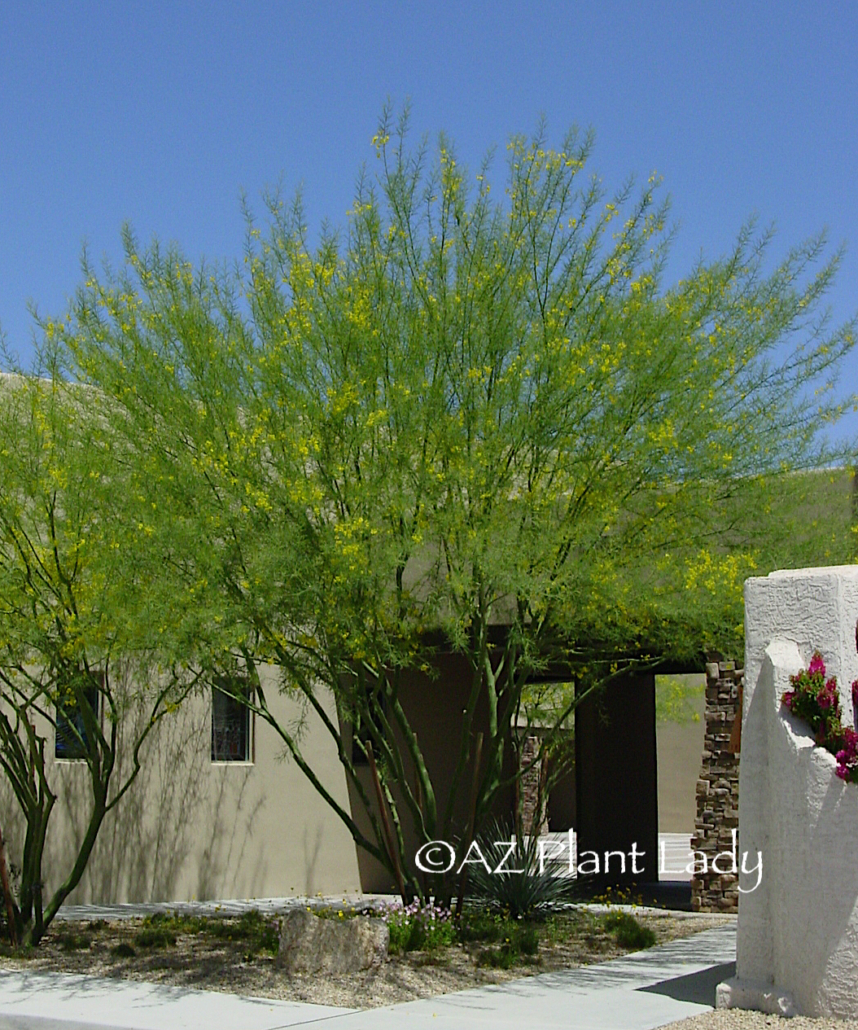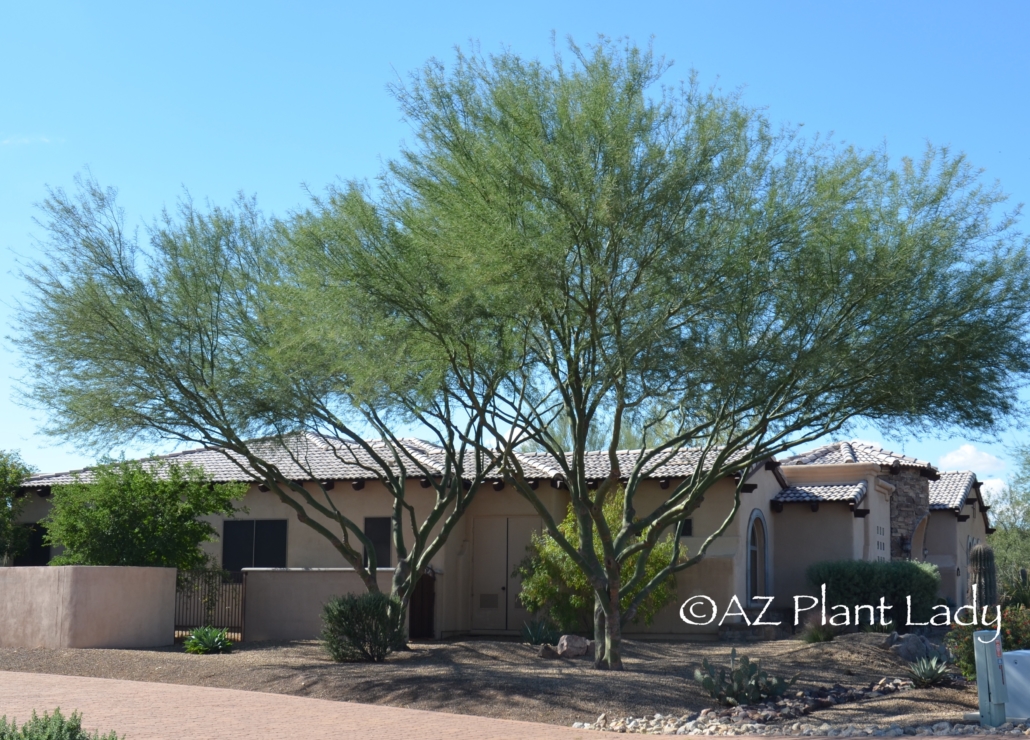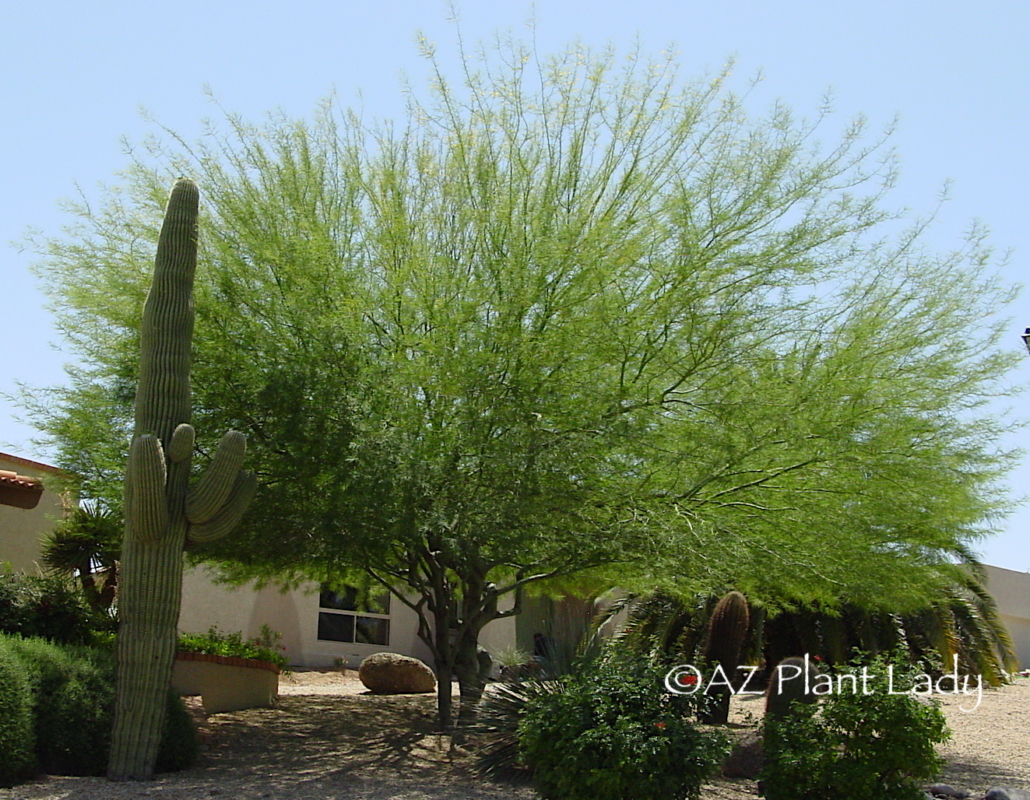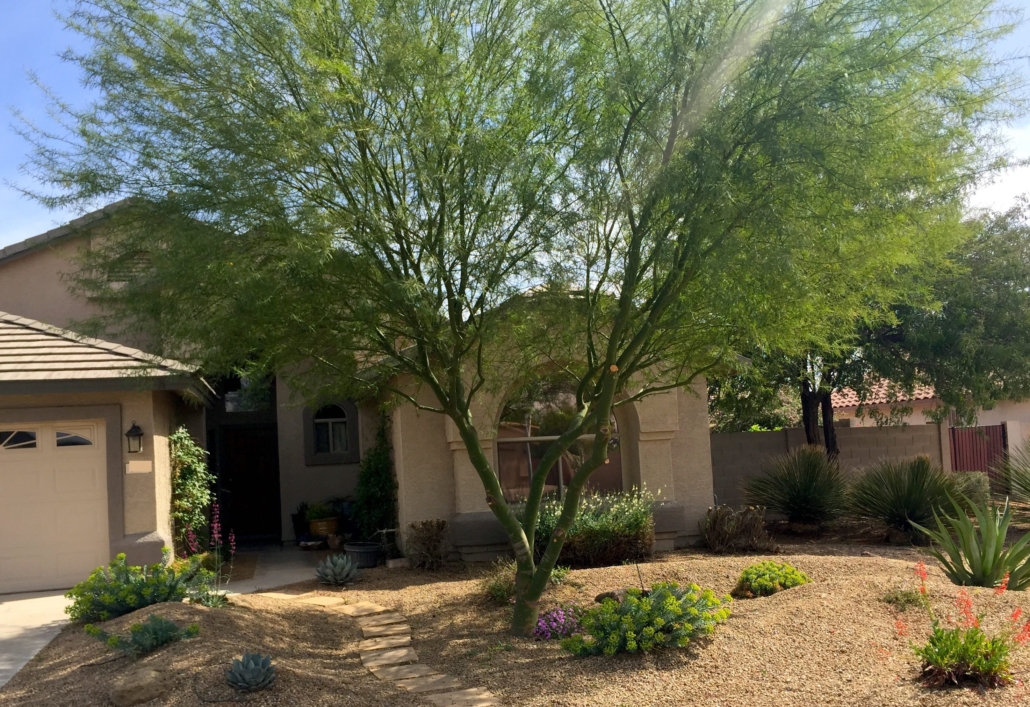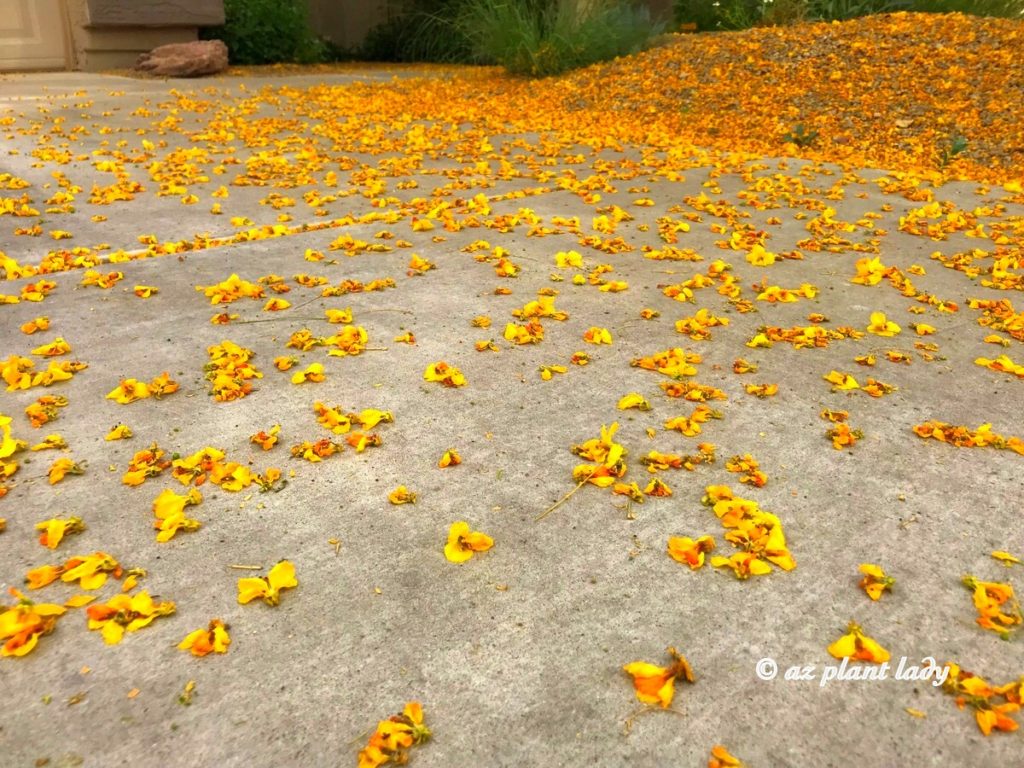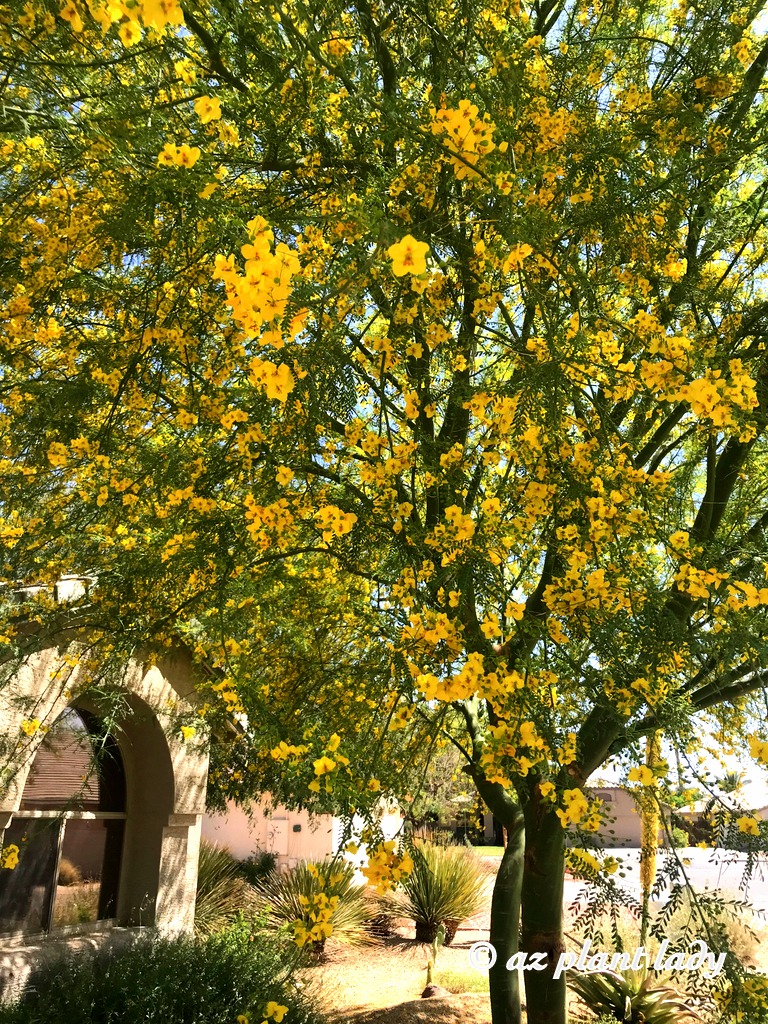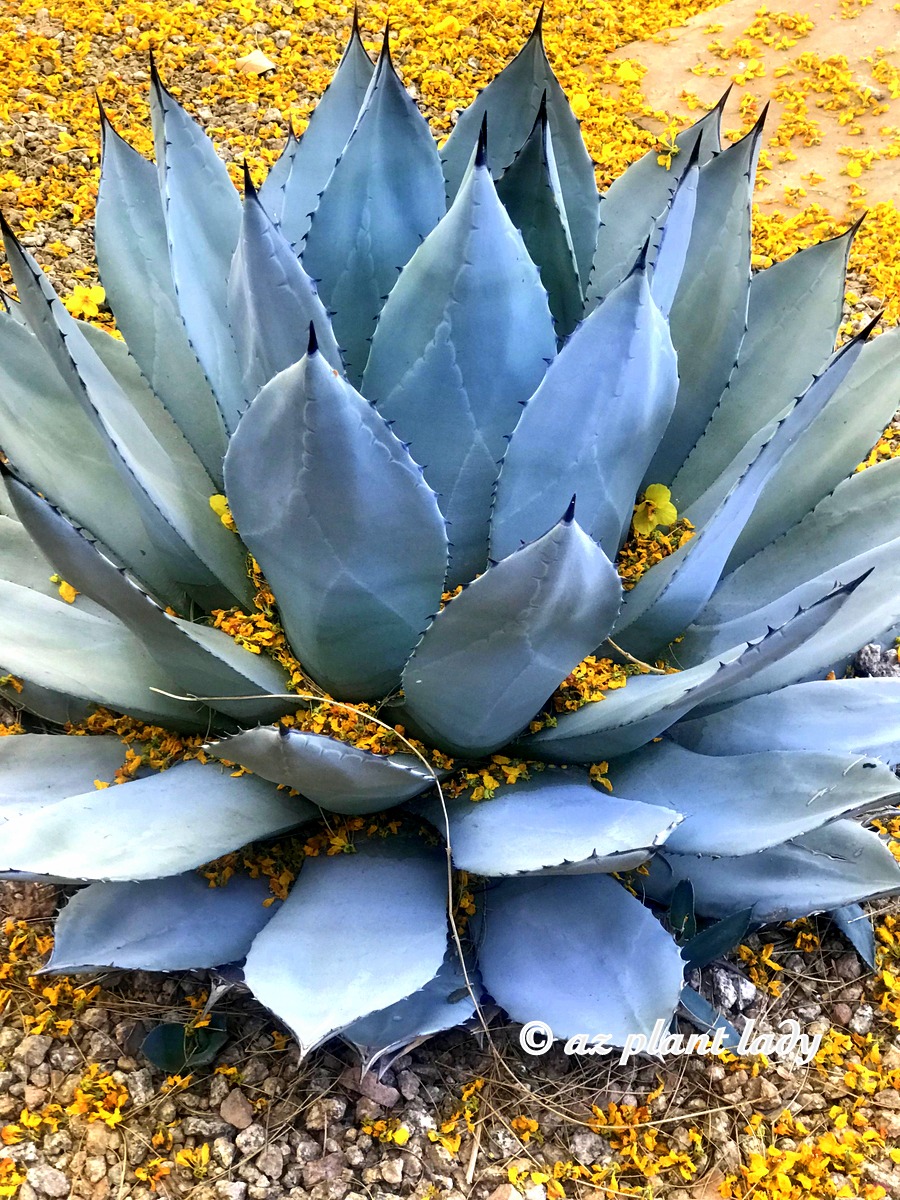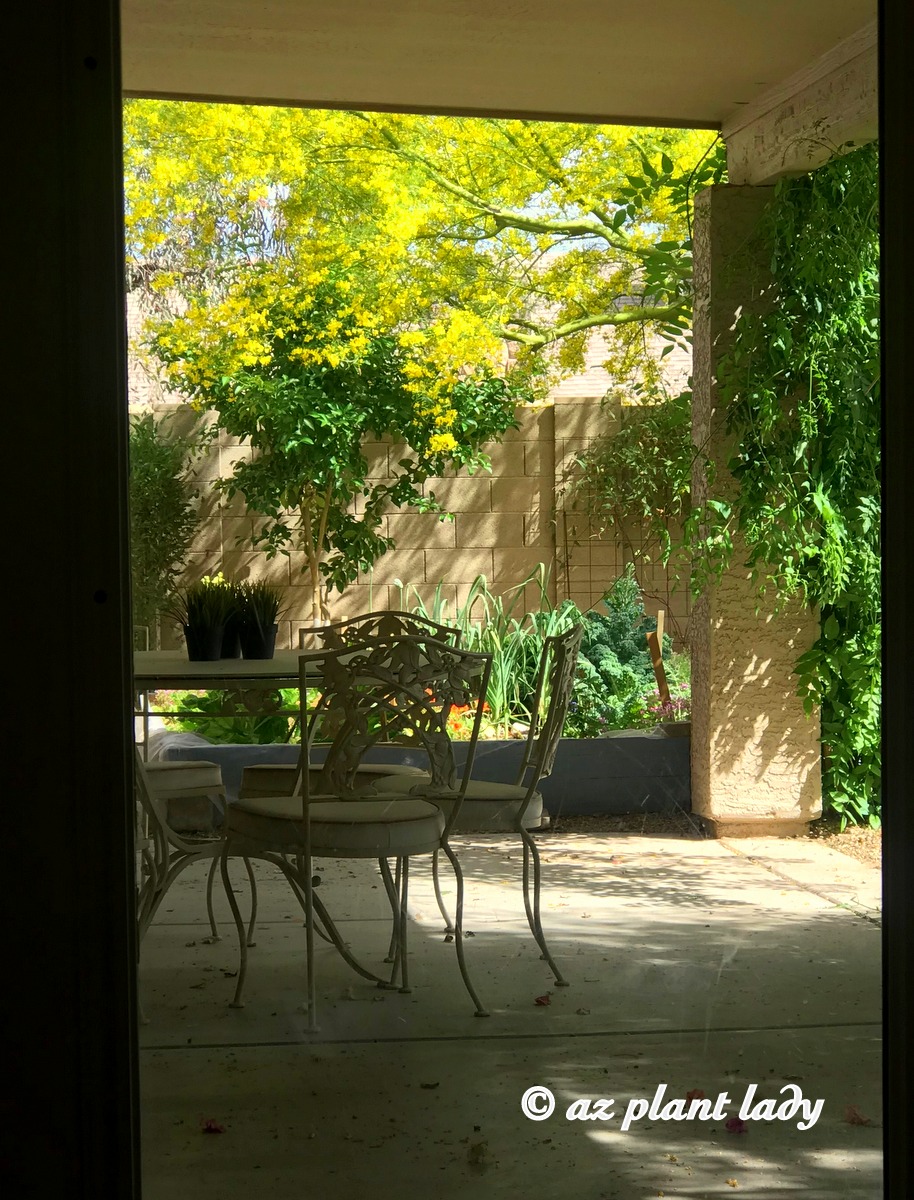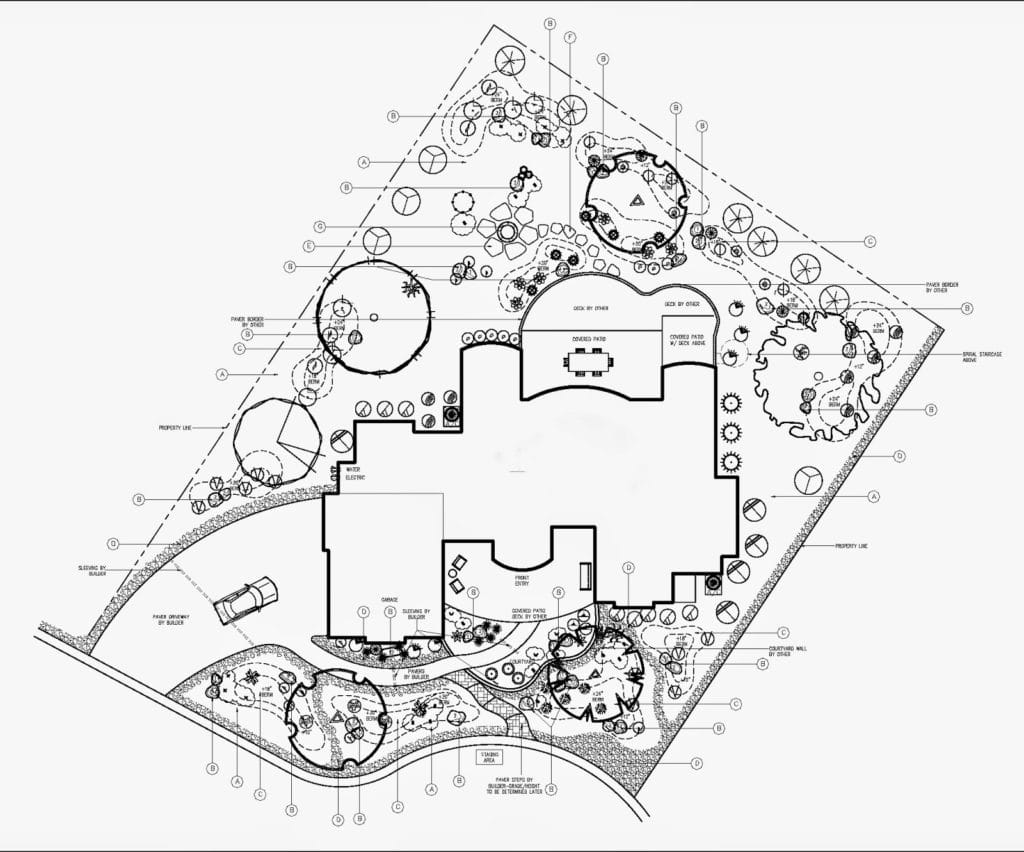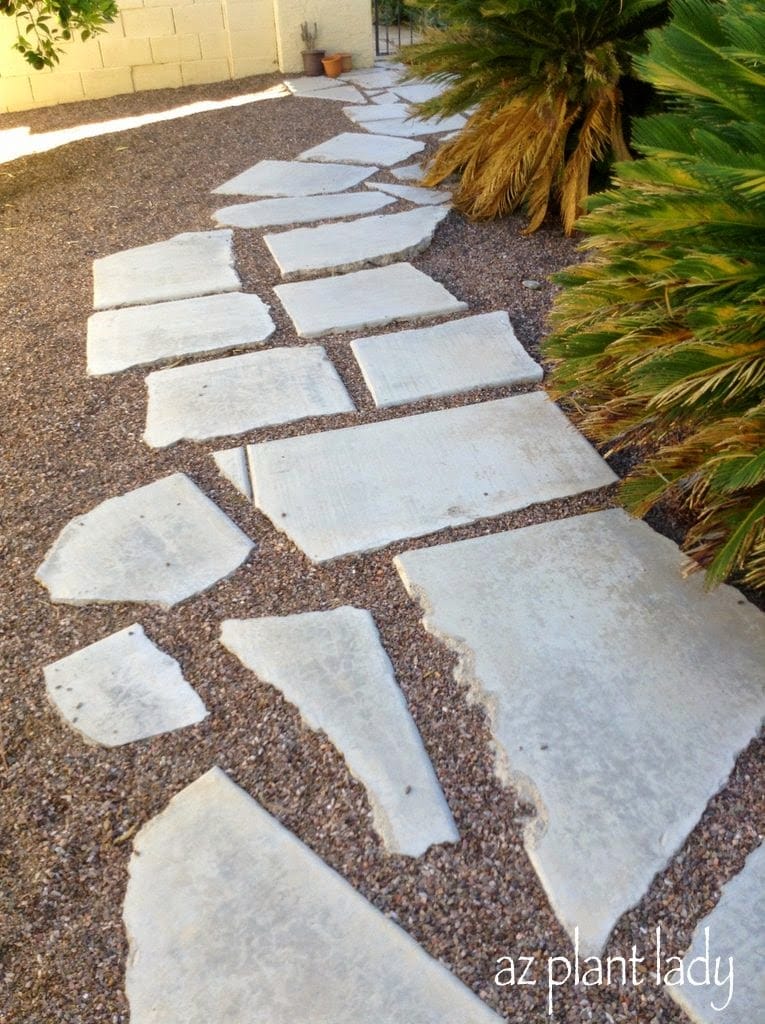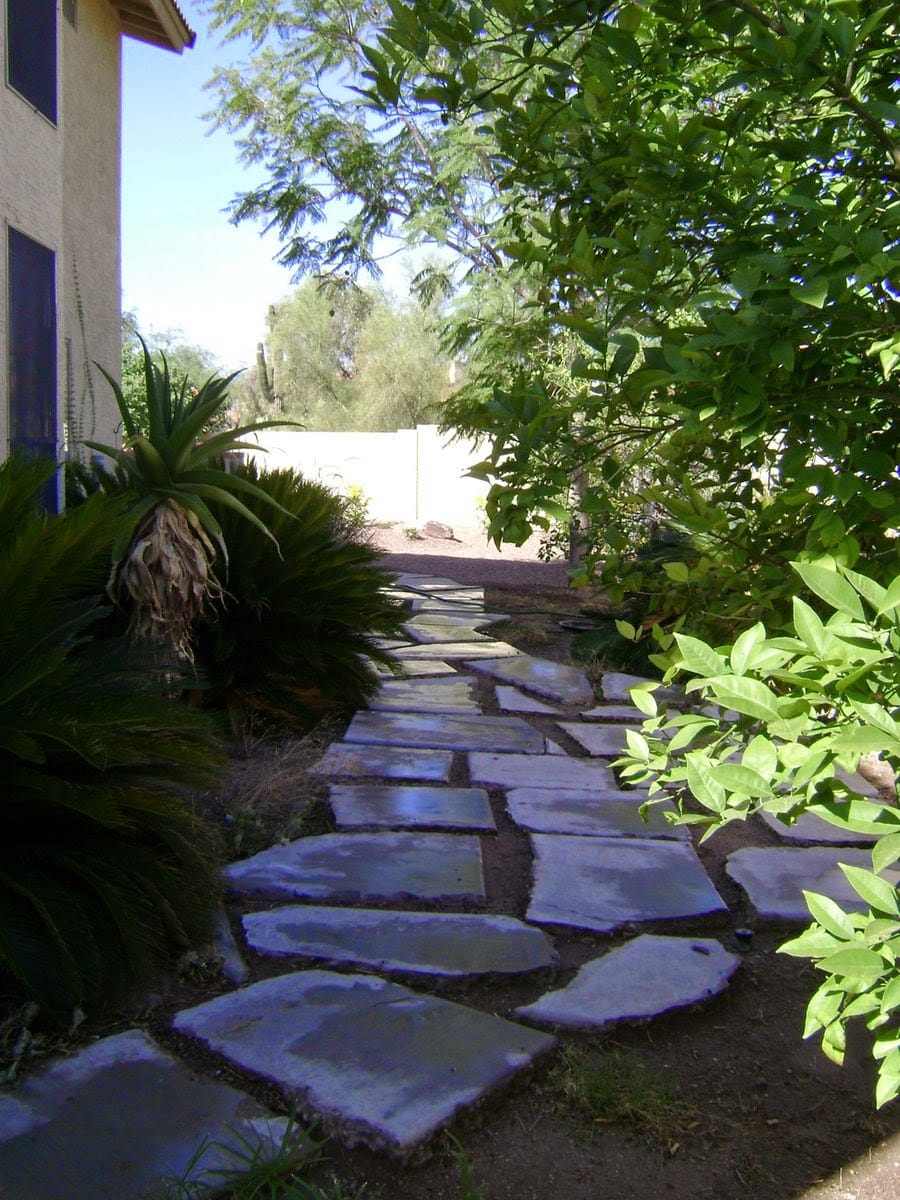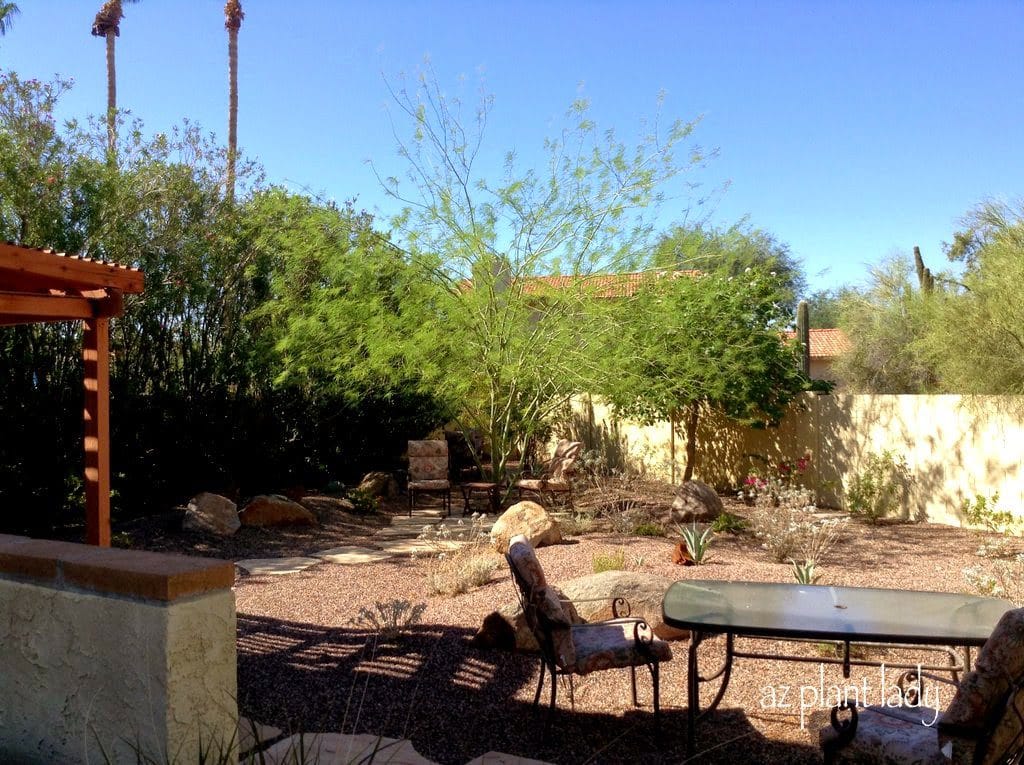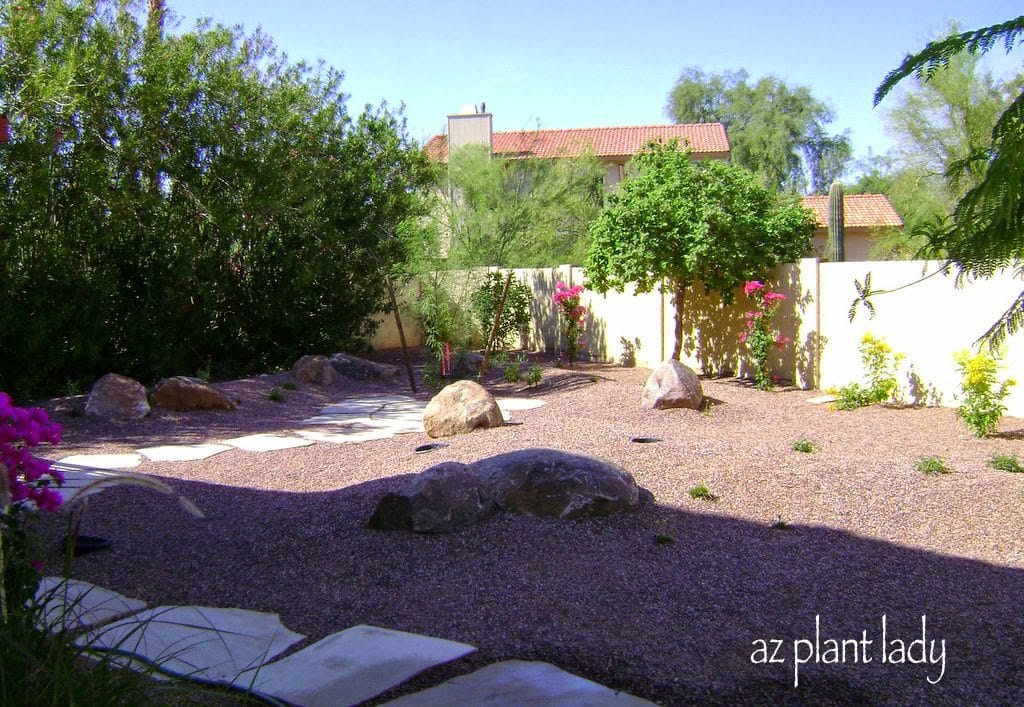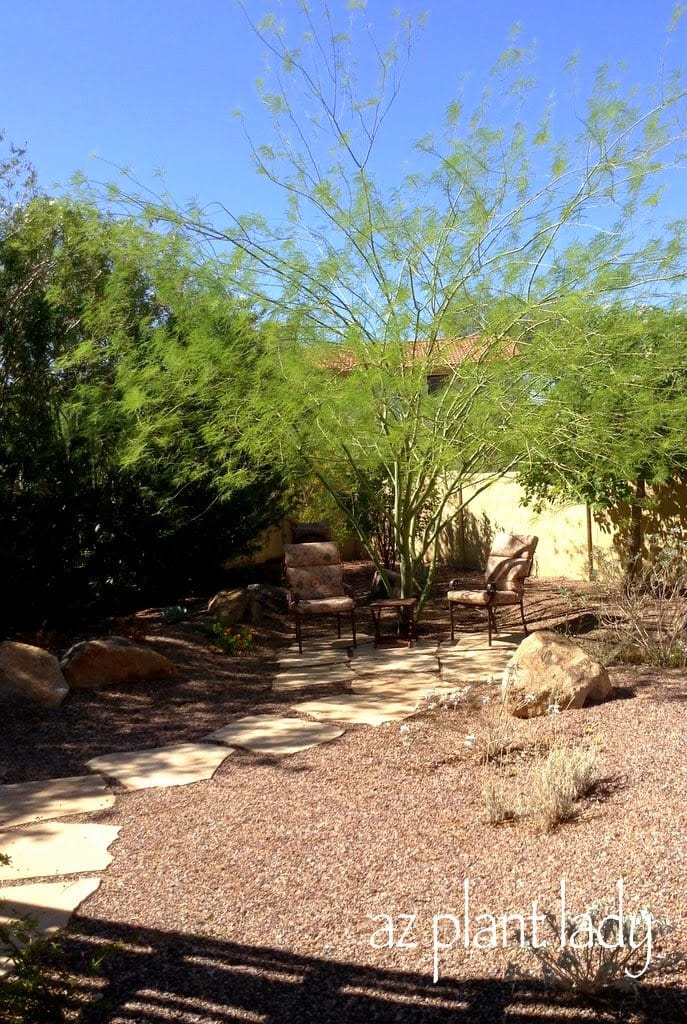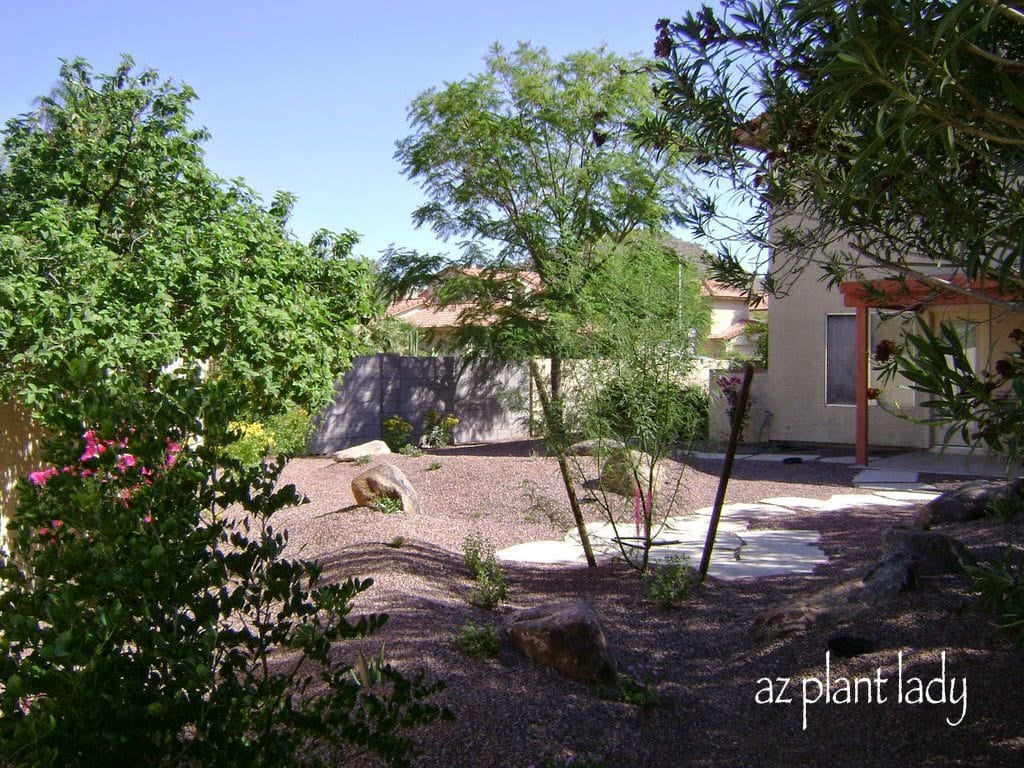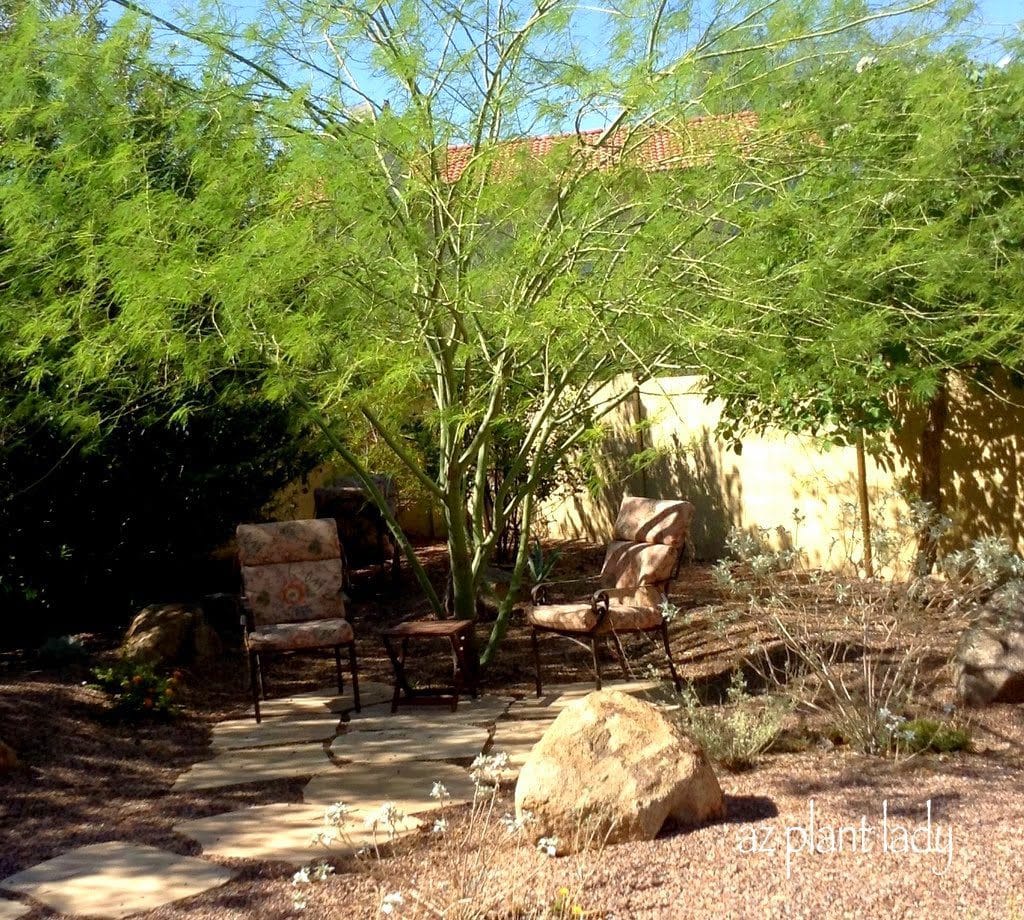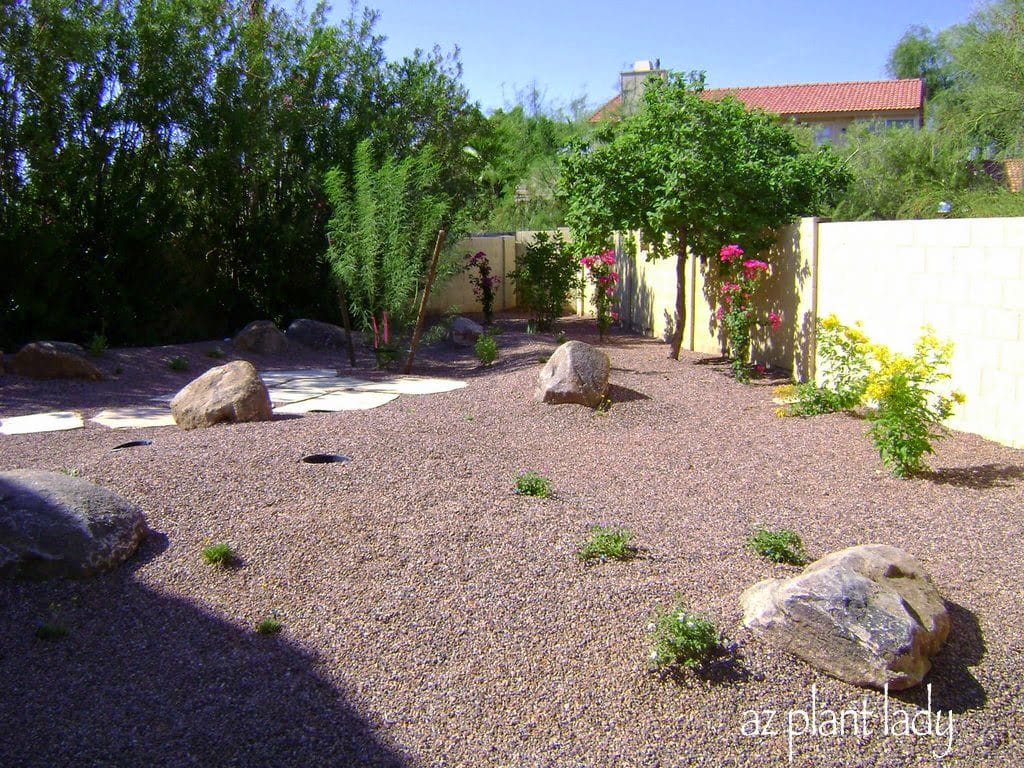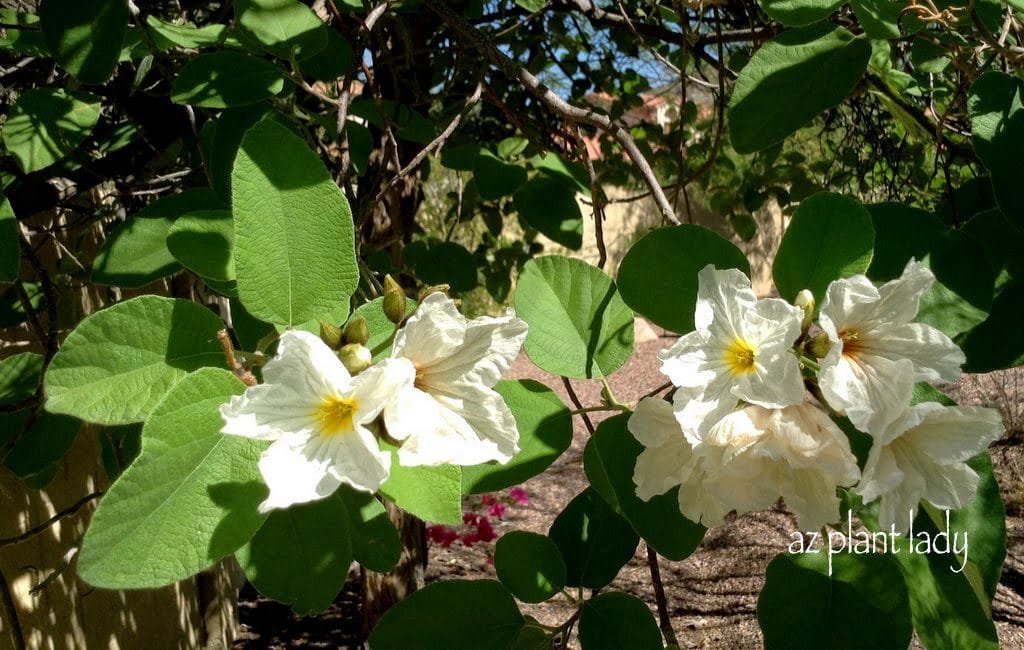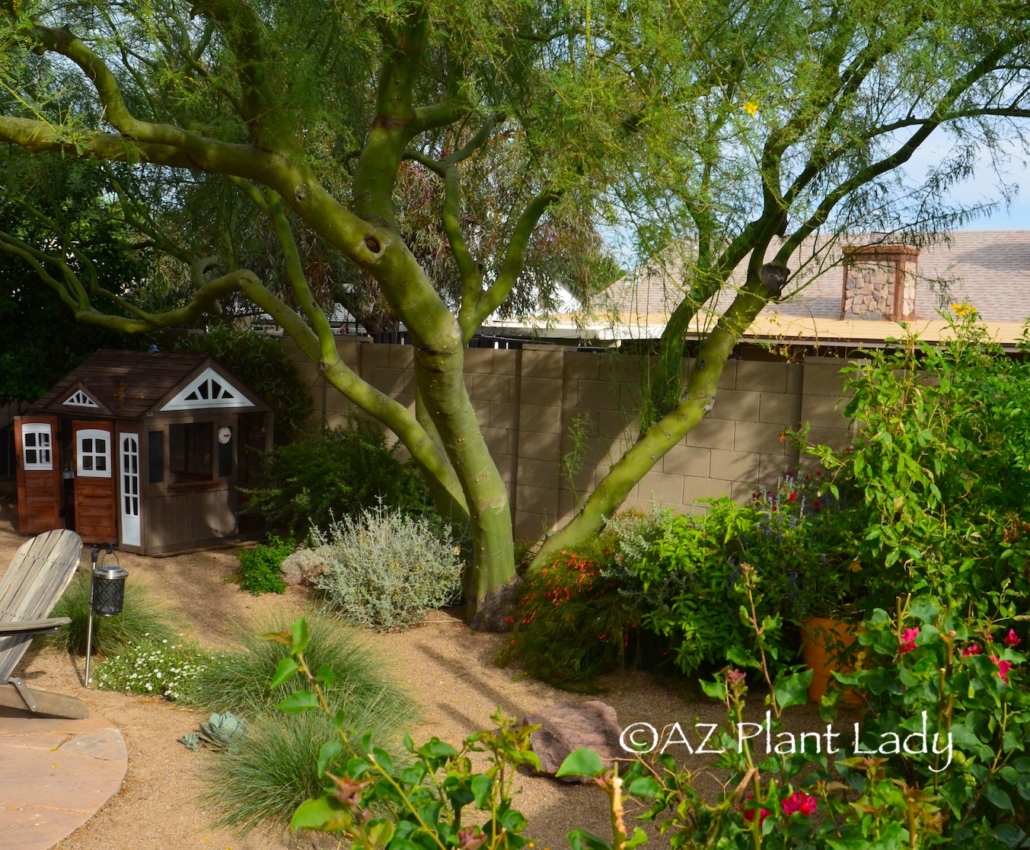
Mishaps in the Garden: Dealing with Unexpected Plant Problems
The Unpredictable Nature of Gardening
In a perfect world, everything runs smoothly with no unexpected problems, and while you may not know what the future holds, it’s always positive.
But, you know that isn’t how life works and this is certainly true in the desert garden.
Seeking Answers for Garden Mishaps
The other day, I was walking through my back garden after returning from summer vacation, and what I noticed didn’t make me happy.
Several plants around my flagstone seating area were dead or barely alive. In fact, I need to replace at least ten plants in this area.
This lead me to wonder why I suffered these mishaps in my garden. The plants are about three-years-old and were doing fine earlier this year.
In the picture above, you can see a part of this area as it looked last fall. As you can see, all the plants are happy and thriving. Sadly, now some of them aren’t – especially the blackfoot daisy and shrubby germander.
So why did some die this summer?
The Culprit: Tree Branch Mishap
Sometimes, the reason a plant dies isn’t readily apparent, but in my case, I knew what the answer was.
Back in June, a large branch from my palo verde tree broke off from being too heavy. Normally, my trees are well-maintained by a certified arborist company. However, due to the labor shortages prevalent post-Covid, most arborists are struggling with insufficient employee numbers.
The Impact of a Lost Shade Provider due to Mishaps in the Garden
So, my tree pruning, which normally takes place in March was postponed until July. As a result, the branch became too laden with new foliage and branches and broke off.
This particular branch shaded the seating area and a large number of plants around it. All of the plants in this area can handle full sun with no problem as long as the plants receive consistent water. However, they were accustomed to the filtered shade offered by the tree. So, when the branch fell, they were exposed to the harsh desert sun without having a chance to adjust to it over several weeks.
Embracing Change in Your Garden
Mishaps like this are part of living with nature and it’s why there are no ‘perfect’ gardens. If you strive for a perfect garden, you are likely to experience disappointment now and then. Mishaps in the garden are common.
In my instance, I am making a list of replacement plants and may try something different in place of the blackfoot daisy – I am not sure what yet.
Unexpected problems like this are often an opportunity to try new plants. Fall is right around the corner, which is the best time of year to add new plants, so I will wait until then to get my new ones in.
I hope that your garden is weathering the summer heat nicely, but if it isn’t, don’t be afraid to try something new this fall!


